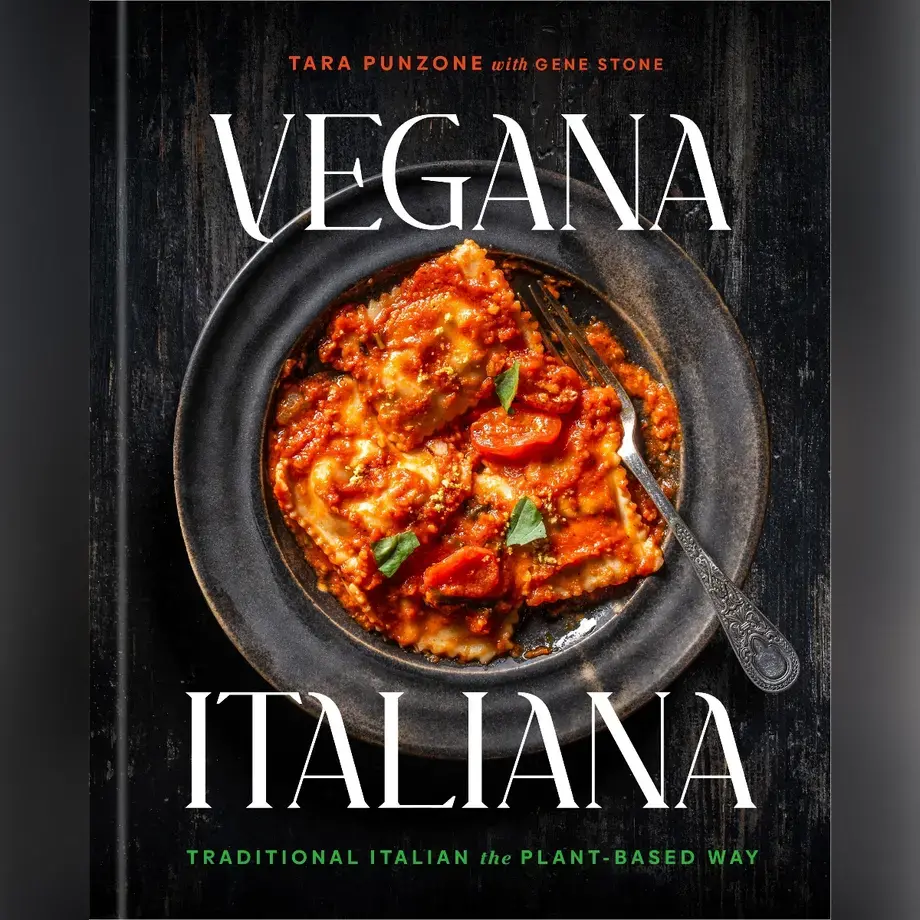Think about what strikes you most when you come home around dinner time. What makes you think you are in for an enjoyable meal, before you even set foot in the kitchen? The aroma of food wafting through the air. In actual fact, it would be more correct to speak in generic terms of “food smells”. Whatever we choose to call it, our example perfectly describes its importance: because, very often, long before we actually see or taste the food, its smell will indicate how good it is. Furthermore, even if it were well presented and tasted wonderful, we would certainly not be tempted to eat nasty smelling food. If we consider that, on average, we breathe about 23,000 times a day, shifting over 130 cubic meters of air, we realise that the sense of smell is a particularly important issue for any fine food enthusiast.
How the sense of smell works
Of the five senses, smell is the most 'direct': when we smell the aroma of a delicious dish of pasta served in tomato sauce, the odorous molecules reach the nasal cavity and are captured by the mucous which contain olfactory receptors. These consist of 5 million cells packed with 'cilia' which, as soon as they come into contact with the odorous molecules, transmit a message to a specific area of our brain, through the olfactory nerve. This direct contact between nose and brain explains how a simple smell can trigger an emotion. And why, for instance, even with eyes closed, we manage to associate it with certain experiences or people. In brief, we will be remembered by the smell of the food we serve to people: let’s make sure that their recollection is a pleasant one!
The relationship between smell and food
Furthermore, the olfactory experience influences the taste of food. Without going into tedious scientific explanations, all we need to know is that our primitive ancestors used to smell food to understand whether it was edible or not (similarly to many animals, cats being a perfect example). This is due to two processes, called 'orthonasal olfaction' and 'retronasal olfaction' which basically transform the olfactory signal into one of taste, thus enhancing our perception of flavour.
You might think smell is a precursor to taste—a wave of the fragrance of fresh bread washes over you and then influences your experience of eating it. While this is true, the most important part of the aroma-taste interaction actually happens while we are chewing. A channel connects the roof of our throat to the olfactory receptors in our nose. As we chew, the volatile and aroma-enhancing compounds in the food are broken down by both the mechanical action of our teeth and the chemical action of our saliva. We even continue to experience the smell of food as we swallow. This is why when you have a cold and this olfactory channel is blocked, your experience of flavour is greatly diminished.
Heat, the aroma enhancer
In the course of evolution, man has learned to classify a plethora of very intense tasting experiences. One of the most appreciated is that of caramel but, in actual fact, the real cause of a good smell in any food, is a high temperature. In simple terms, we can say that in many dishes, heat ensures that the amino acids react with some types of sugar to form dicarbonyl which, in their turn, react with other amino acids to extend the reaction. This is how pleasant smells and flavours are amplified.
The Maillard reaction - we've already talked about here - helps create smells that are particularly welcome to the palate, on condition that the food contains as little water as possible before being cooked. If you think about it, boiled foods create some of the least appetising cooking smells. If you are out to conjure up aromas that are sure to tempt the strongest-willed diner, bear a few simple tips in mind. First of all, choose grilled or oven-baked foods which are most likely to produce “good smells”: high temperatures in fact diffuse odorous molecules more effectively. Another trick is to use sugar-rich mixtures: for instance grilled meat or roasted chicken can be brushed with honey before cooking. And don’t be mean with the butter: this is another ingredient which, at high temperatures, releases molecules that are extremely appetising to the nose and palate. Just think of oven-baked products such as croissant: what could possibly tempt the appetite more than that? Well, I believe you have now well and truly grasped the fact that good cooking is something you have to have a nose for.
The vast universe of smells
If you know that your taste buds can only distinguish between five different flavours (sweet, bitter, salty, sour, and umami), you might have wondered how you are able to discriminate between the flavour of hundreds or thousands of different kinds of food. The answer is smell. Researchers have found we can tell the difference between at least one trillion different aromas. Mouldy food, for instance, lets off microbial volatile organic compounds, and our nose picks up these exact compounds and sends a signal to our brain that associates them with mould. You may also have wondered if wine experts are making things up when describing wine as having the flavour of grass, or chocolate, or black pepper. But different kinds of wine, based on the grapes they are made from and their fermentation process, can actually acquire and let off chemical compounds that share objectively similar physical properties with these seemingly unrelated substances.









